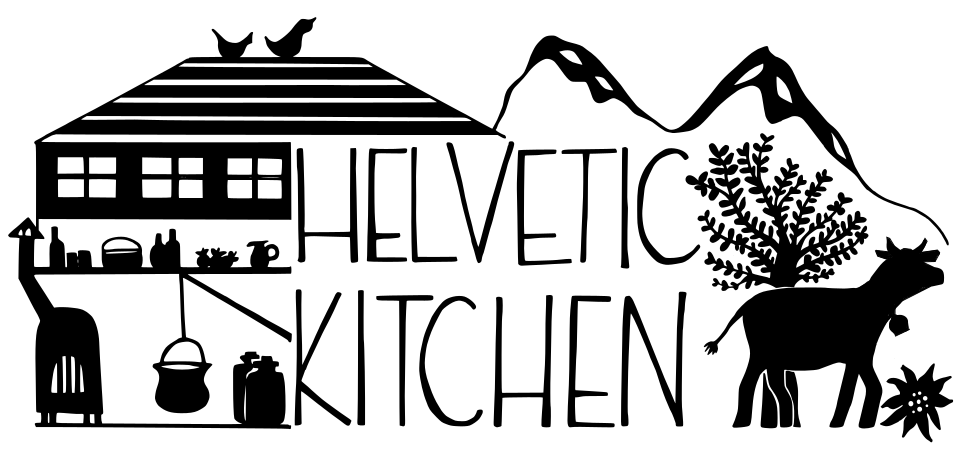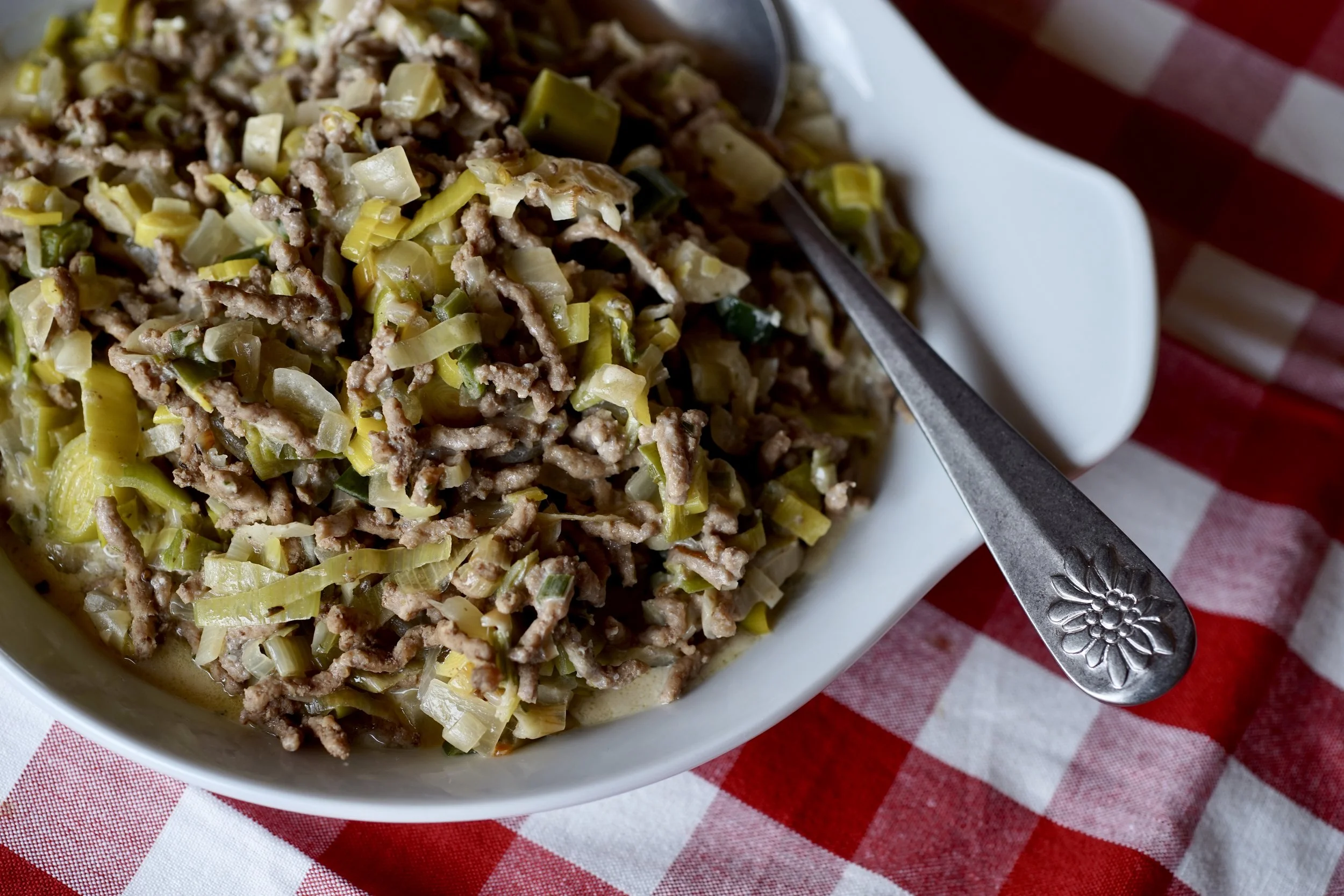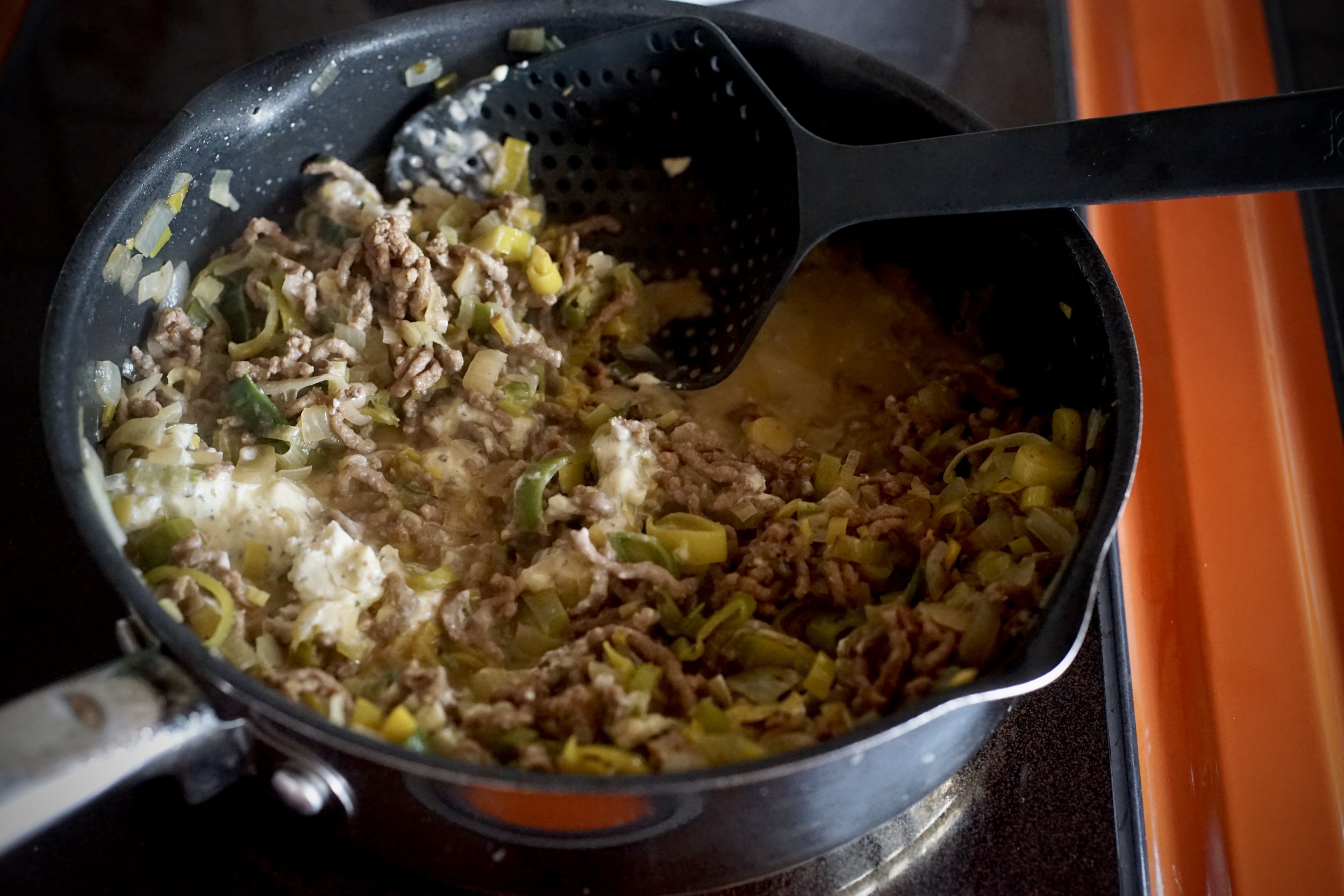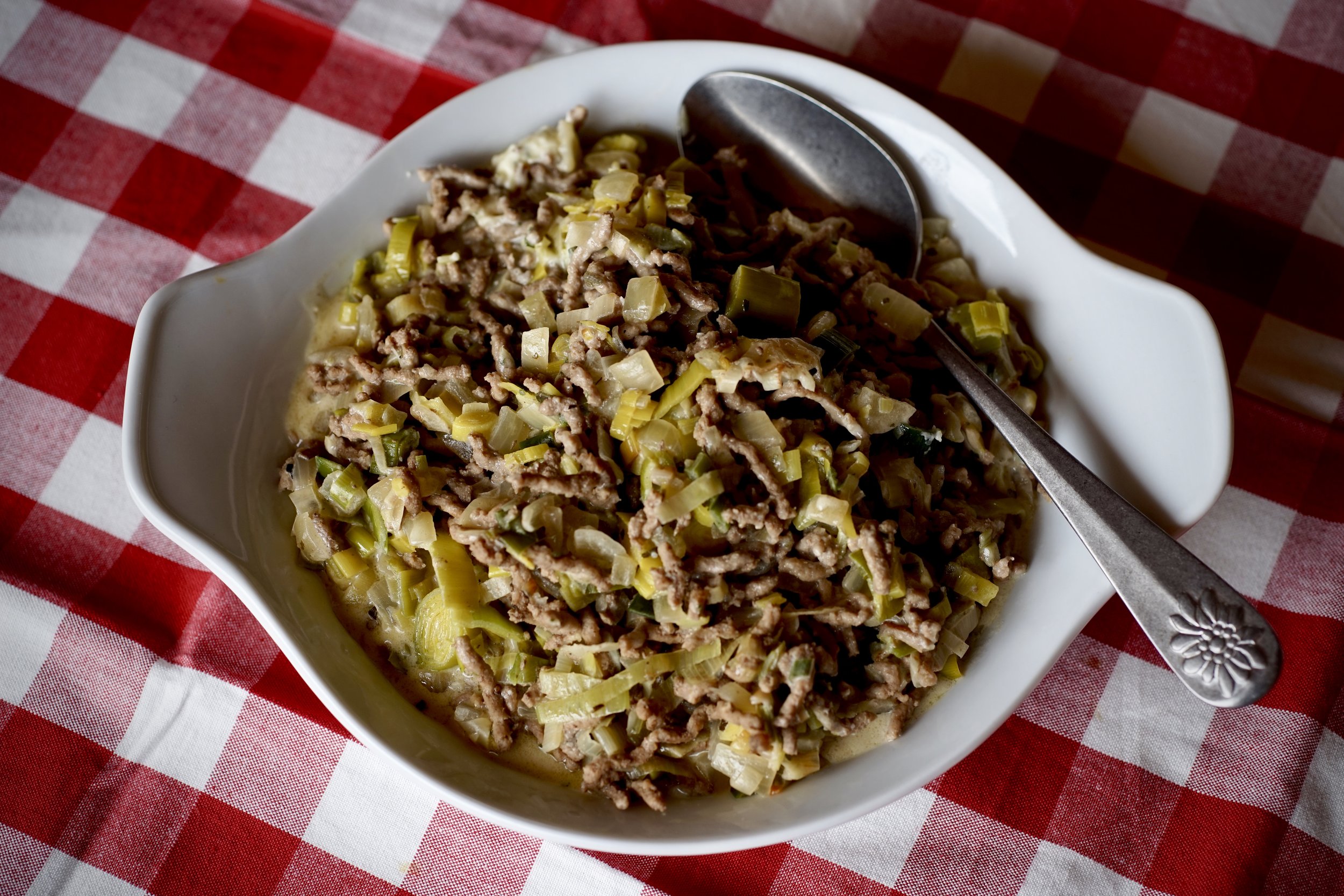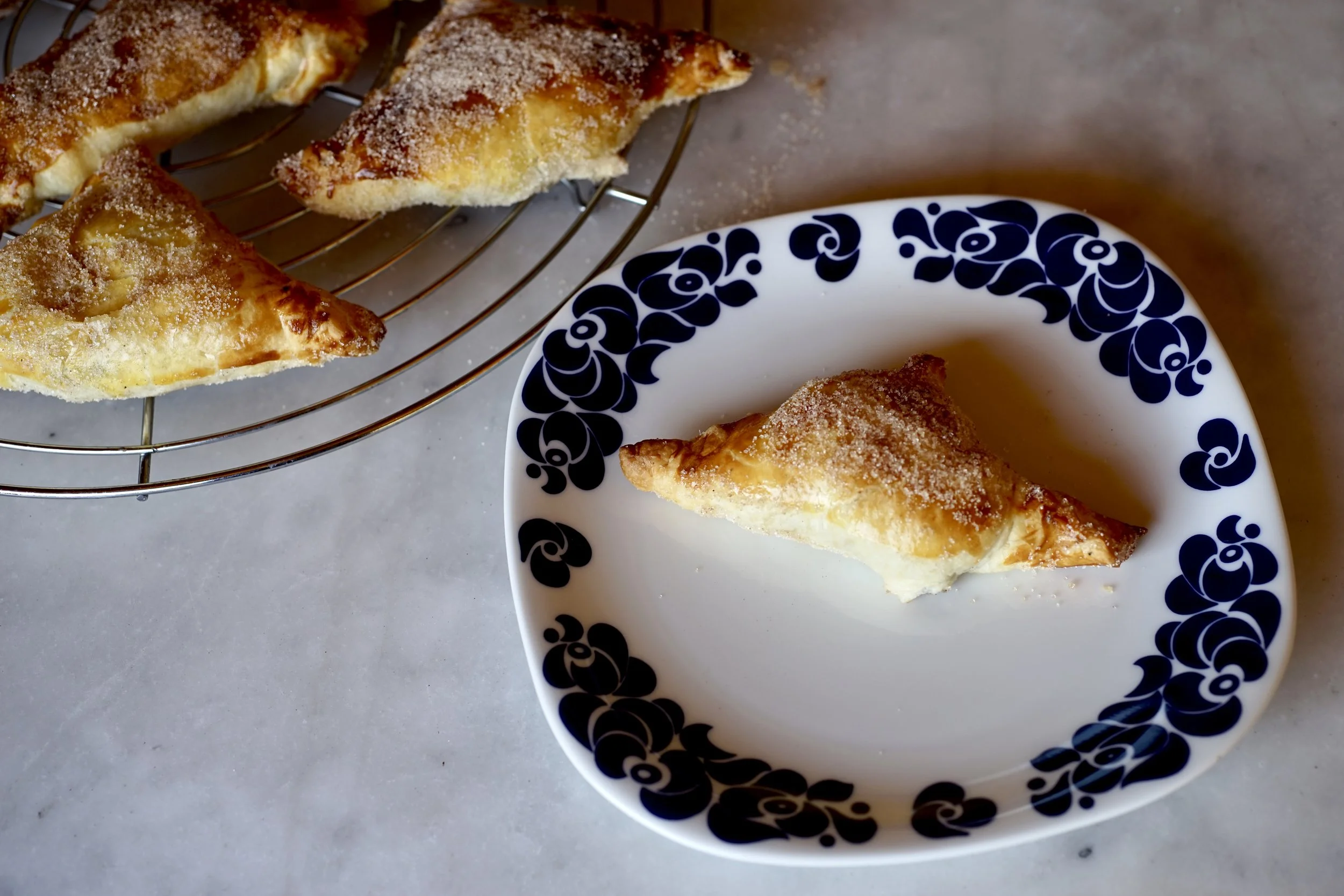Benediktiner Eintopf
I’ve never been to Einsiedeln, the town that’s home to one of Switzerland’s most notable monasteries and the famous Black Madonna. I have, however, eaten numerous sweet Einsiedeln specialties (like Schafböcke) because my delightful in-laws always bring us bags full after they visit the town.
I was interested in this savoury Benediktiner Eintopf (literally one pot, a dish made in one cooking vessel) that originated in Einsiedeln, after I saw it in Betty Bossi's Schwiizer Chuchi, her definitive collection of Swiss dishes. I was reminded that I still wanted to visit the monastery, and also of one of my very favourite Swiss figures, who comes from the nearby town of Egg.
His name?
Theophrastus Bombast von Hohenheim, otherwise known as:
Paracelsus
Switzerland’s most famous alchemist was born at the end of the 15th century, He studied to be a medical doctor, then spent a good deal of his life wandering through Europe, writing prolifically about the natural world and natural sciences, as well as medicine, chemistry, alchemy, the occult, and even magic
He treated patients from all walks of life, rich and poor, and railed against much of the established medical scholarship of the time. Paracelsus encouraged fellow doctors to better observe the actual condition of their patients and not just rely on writings. He was skeptical of bloodletting and denounced the practice of applying cow paddies to heal wounds, in favour of keeping them clean.
It was also Paracelsus who created laudanum and brought chemistry into medicine, becoming “the father of toxicology”.
Iconoclast, humanist, drunk, occultist—biographers of Paracelsus, who lived only 47 years, have trouble sifting out the truth from legend, though they have been trying for centuries. His Wikipedia page is definitely worth a read, and there is much more to discover from the Paracelsus Project by the University of Zürich, and my husband’s former teacher, the renowned Swiss historian Pirmin Meier, who wrote a celebrated account of his life.
Might the good doctor have eaten this Eintopf? Hard to say, but it is conceivable that some saucy mix of beef and leeks was mopped up with bread in the Middle Ages.
This recipe is taken pretty much directly from the aforementioned Schwiizer Chüchi, with only very mild adjustments to the amount of beef and leeks.
500 g ground beef
knob of butter
300 g leeks
3 medium onions
500 ml beef broth
150 g herbed cream cheese (like Boursin)
salt and pepper to taste
First, brown the ground beef. In a large frying pan, cook the beef in batches until browned, setting it aside.
Over medium heat, melt a little butter in the same pan and when sputtering, add the leeks, then onions and cook until they soften slightly, about 5-7 minutes.
Pour the broth over top and let cook for a few minutes, then add back the beef. Let cook on low heat for about 15 minutes.
Stir in the cream cheese and then serve.
When you are browning the beef, you may want to add a little bit of fat to the pan first, depending on how lean your meat is.
I used Boursin herb and garlic cheese, but other flavours (pepper?) or cream cheeses (Philadelphia? Tartare?) should also work.
I served mine with rustic mashed potatoes—delicious.
More beef?
Siedfleischsalat

